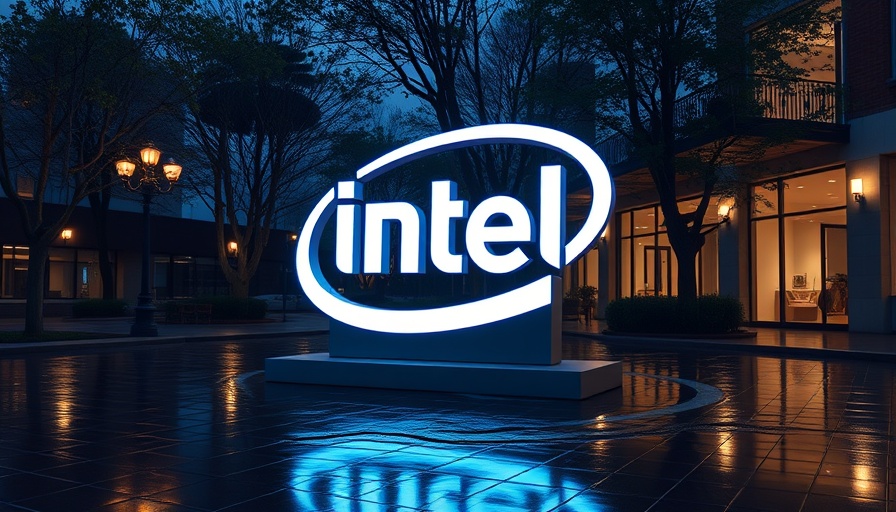
Unveiling the Anti-Stokes Effect in Phosphor Sheets
In the fascinating world of physics, the anti-Stokes effect has emerged as a leading phenomenon with intriguing applications. This effect, compellingly demonstrated through a phosphor sheet, allows invisible infrared light to be transformed into visible red light. As technology advances, understanding such principles not only enhances our scientific knowledge but also paves the way for real-world applications.
In Phosphor sheet causes anti-Stokes effect that turns invisible infrared light into visible red light!, the discussion dives into a fascinating scientific principle, prompting a closer look at its potential impact on technology and innovation.
Why This Discovery Matters
The conversion of infrared light into visible wavelengths can significantly impact various fields, especially in advanced imaging technologies. For instance, in healthcare, this discovery could enable better diagnostic tools that utilize infrared light, enhancing the clarity of medical imaging processes.
Future Trends and Possibilities
As more research is conducted, the potential for integrating phosphor sheets into consumer technology becomes more apparent. Imagine household devices that could harness this anti-Stokes effect to improve visibility during nighttime or poorly lit conditions, enhancing safety and convenience.
Inspiring Innovation through Science
Innovation often stems from understanding complex scientific principles. The exploration of the anti-Stokes effect encourages young scientists and innovators to delve deeper into physics, potentially leading to groundbreaking inventions that can improve our everyday lives.
In summary, the recent findings surrounding phosphor sheets and the anti-Stokes effect open up numerous avenues for innovation and technological advancement. As we continue to explore the unknown, embracing scientific curiosity can lead to exciting developments in various fields.
 Add Row
Add Row  Add
Add 




Write A Comment